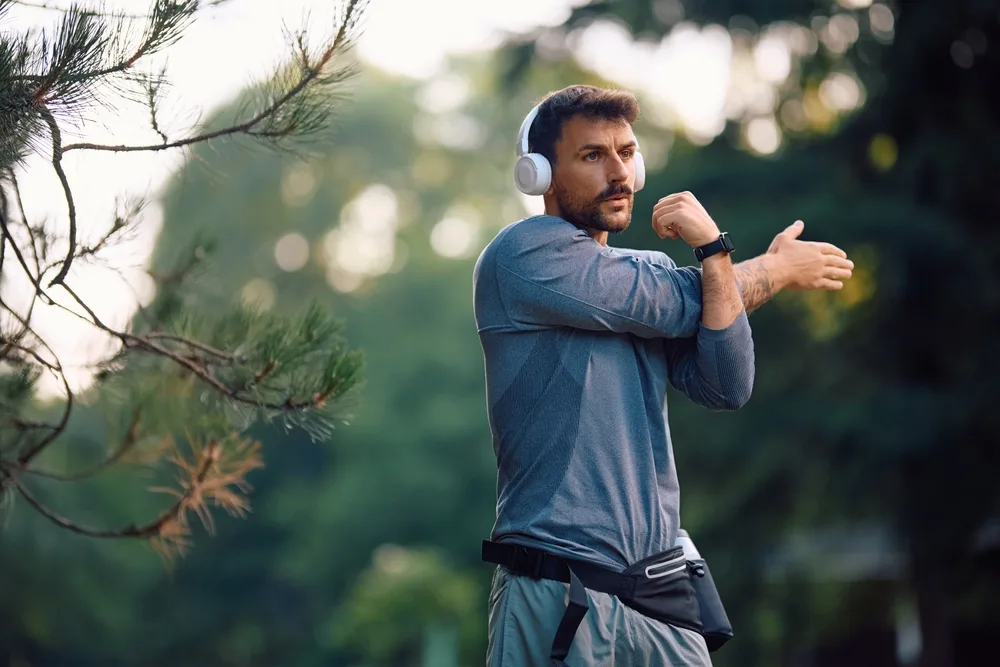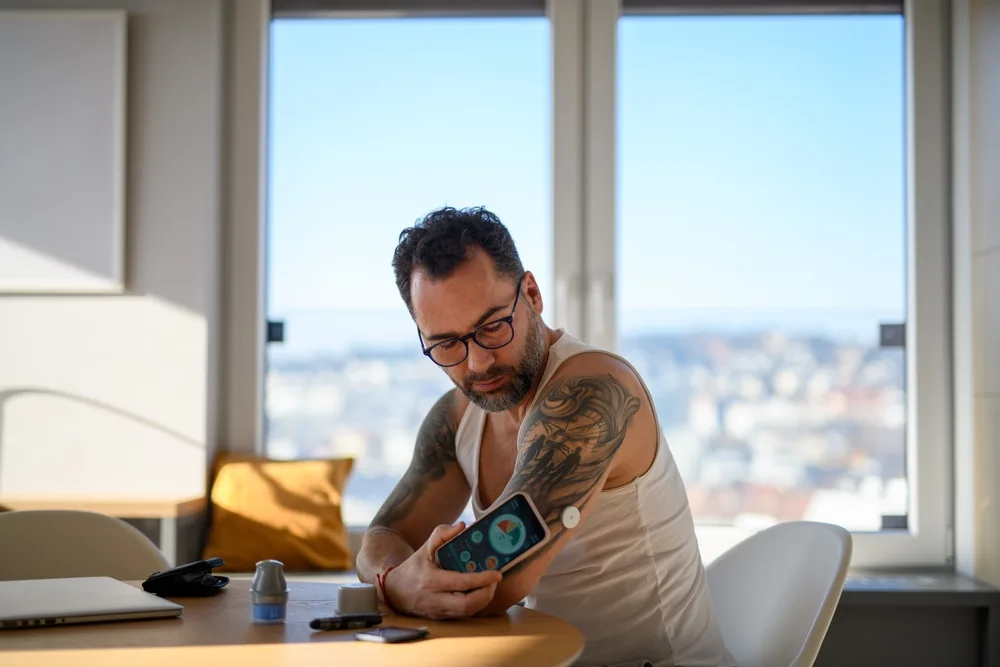Jumping into a virtual doctor’s appointment might seem futuristic, but it’s all about making healthcare more manageable and accessible. It’s a fantastic way to ensure you’re staying on top of your health, even with a busy schedule or when getting to a clinic is less than ideal.
With a bit of preparation and a clear understanding of the digital consultation process, you can transform these virtual visits into a highly effective component of your healthcare routine. Since these online doctor visits are becoming more of the norm, here are some tips to help you get the best out of your virtual health check-ups and make every online visit smooth and super productive.
Set the Scene and Do a Tech Check
First things first, find a quiet spot where you won’t be disturbed. This helps keep things private and makes sure you and your doctor can hear each other without distractions.
Make sure your gadget (could be your laptop, tablet, or phone) is up and running smoothly and your internet connection is steady. Do a quick test of your camera and mic to avoid any “Can you hear me now?” moments with your doctor.
And don’t forget about lighting – a well-lit room means your doctor can see you clearly, which is pretty important.
Have Your Info Ready
Grab any important health stuff you might need to share with your doctor. This way, you won’t forget to mention anything important. Having the following items ready can streamline the process and ensure you get the most out of your visit:
- Medical History Summary: A brief overview of your past significant medical events, surgeries, or conditions.
- List of Medications: Include dosages and how often you take them so your doctor can review them and make necessary adjustments.
- Symptom Diary: Notes on symptoms you’ve been experiencing, including when they started, their intensity, and any patterns or triggers you’ve noticed.
- Pharmacy Information: Make sure you know your pharmacy information if you expect a prescription. A lot of times, your doc can send it over digitally to make things easier.
- Questions or Concerns: A list of things you want to discuss with your doctor to ensure you cover everything important to you during the appointment.
This information can help you effectively communicate with your doctor and get the care you need. Likewise, write stuff down or ask for details if something’s not clicking. It’s super important that you get the full scoop on your health, including what’s up with your diagnosis or how to go about your treatment.
Keep track of any follow-up stuff you need to do, like booking another appointment or getting some tests done. If you’re not sure about something after your visit, just give your doctor’s office a shout.
Be Prepared to Show and Tell
Sometimes, your doctor might need you to do a bit of a self-checkup. Be ready to follow their lead, whether it’s showing them that weird rash, demonstrating a range of motion, or discussing your mental health.
Some items to have close by if you have them include:
- Thermometer: To check your temperature if you’re feeling feverish or if the doctor asks for a current reading.
- Scale: To provide your current weight, which can be crucial for dosing medications or discussing weight management.
- Watch: You can use this to accurately measure your heart rate. You can use it to time your pulse for 60 seconds or find your pulse rate over a shorter period (like 15 seconds) and then multiply by four to get your beats per minute. This is particularly useful if you’re asked to check your heart rate during the appointment.
- Blood Pressure Monitor: If you have one at home, it’s great for sharing current blood pressure readings with your doctor, especially important for heart health or if you’re monitoring hypertension.
- Pulse Oximeter: Handy for checking your oxygen saturation levels, particularly relevant if you’re experiencing respiratory symptoms or monitoring conditions like COPD or asthma.
- Smartwatch or Health Tracking Device: These gadgets can offer insights into your heart rate, activity levels, sleep patterns, and sometimes even your blood oxygen levels. Having this data available can give your doctor a fuller picture of your daily health and wellness, aiding in diagnosis and treatment planning.
While you don’t necessarily need all of these items, they can make your virtual appointment as thorough and productive as possible. If you anticipate needing help with a self-examination or just want moral support during the appointment, rope in a buddy or family member.
Feedback Can Help
If you get a chance to give some feedback about your visit, go for it. It helps make the whole telehealth thing even better for you and everyone else in the future.




